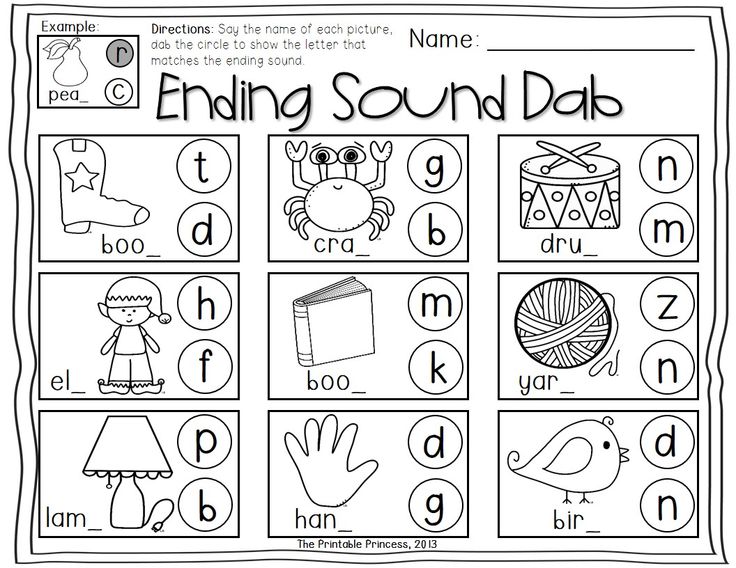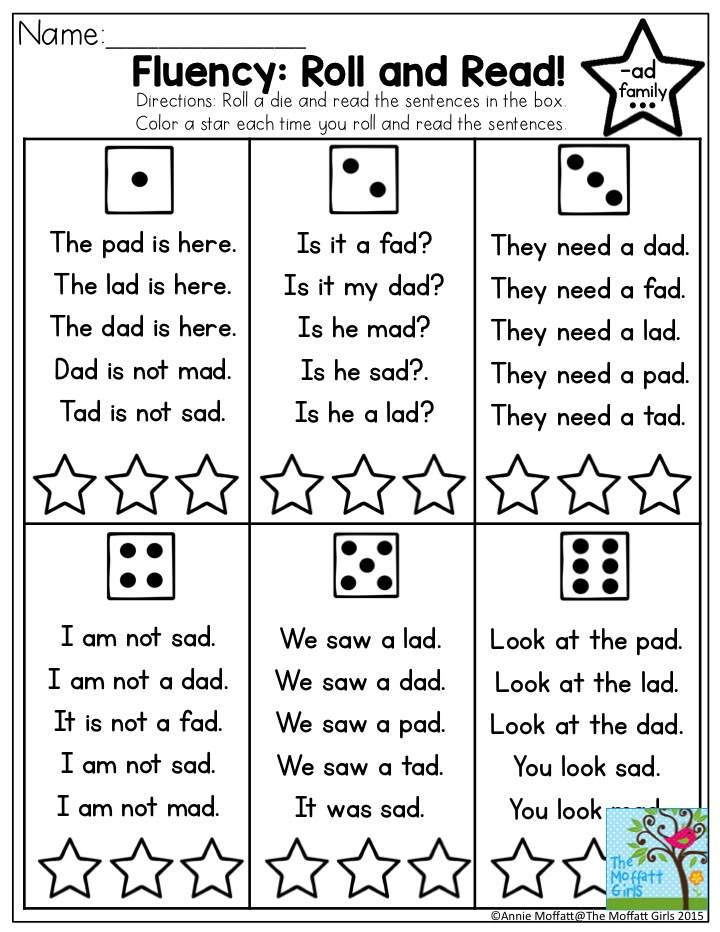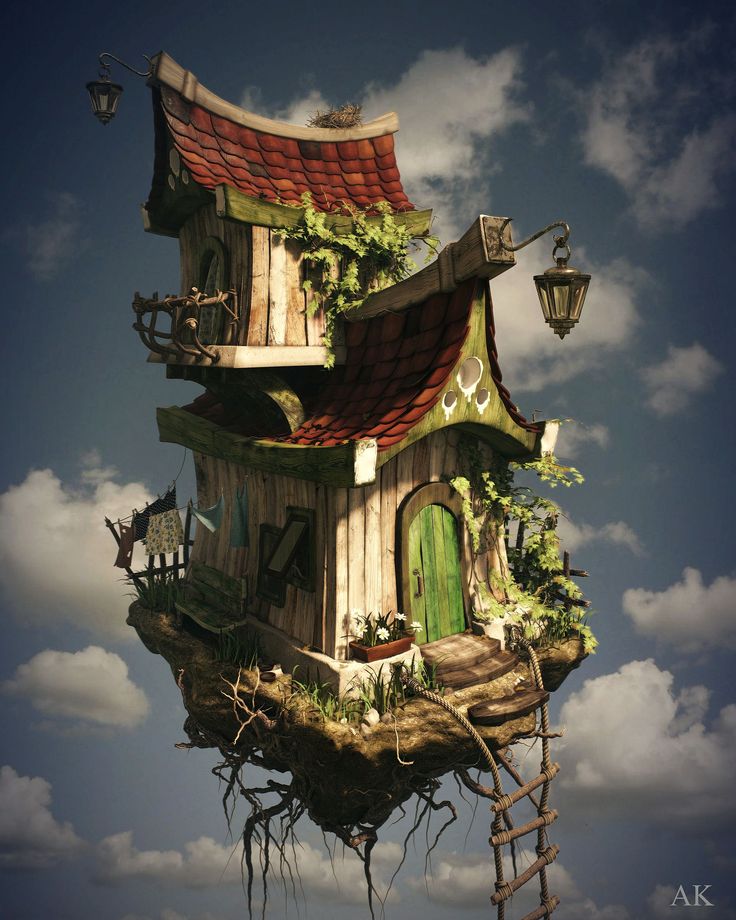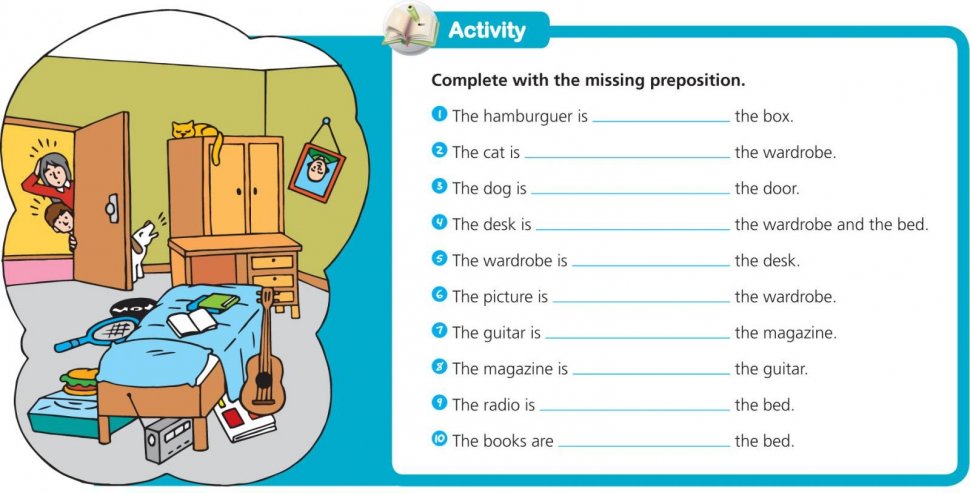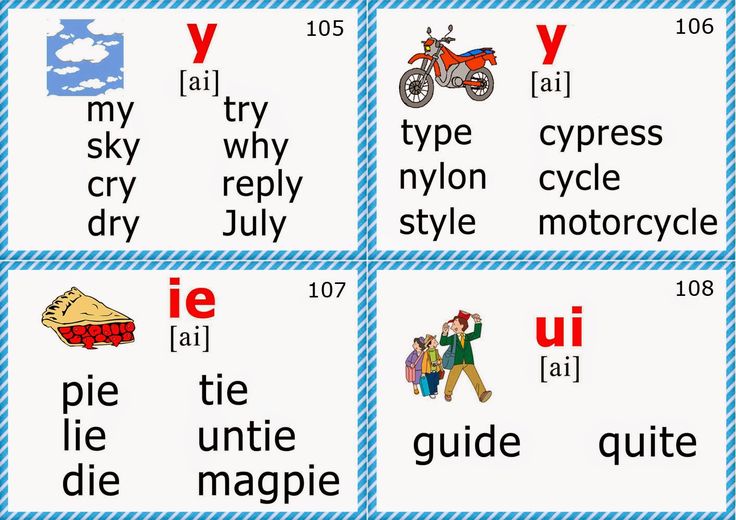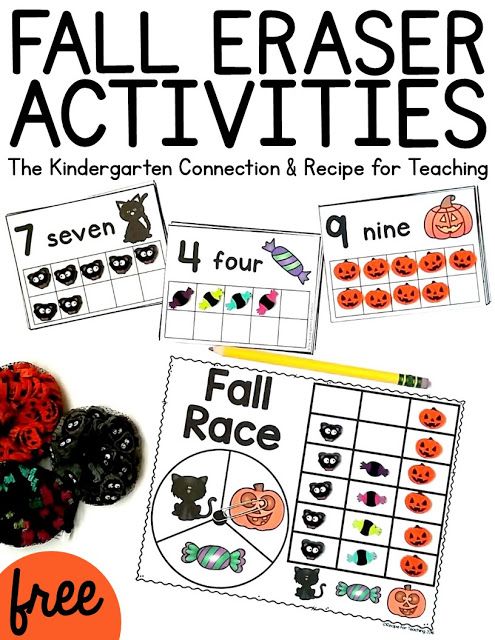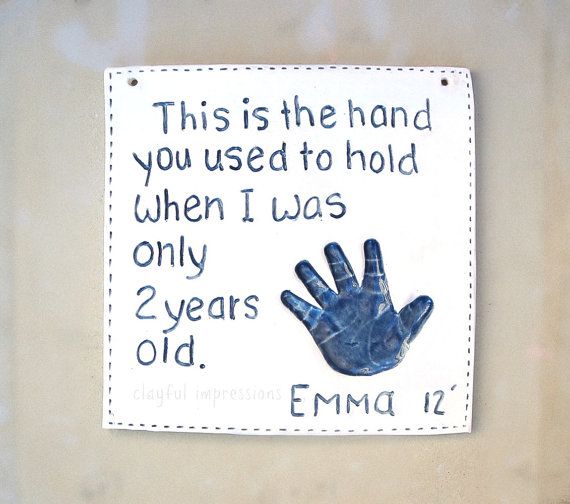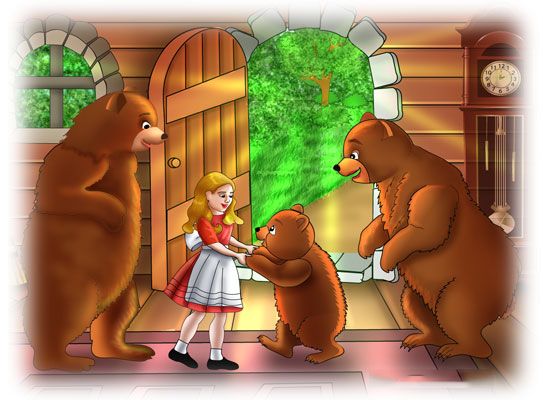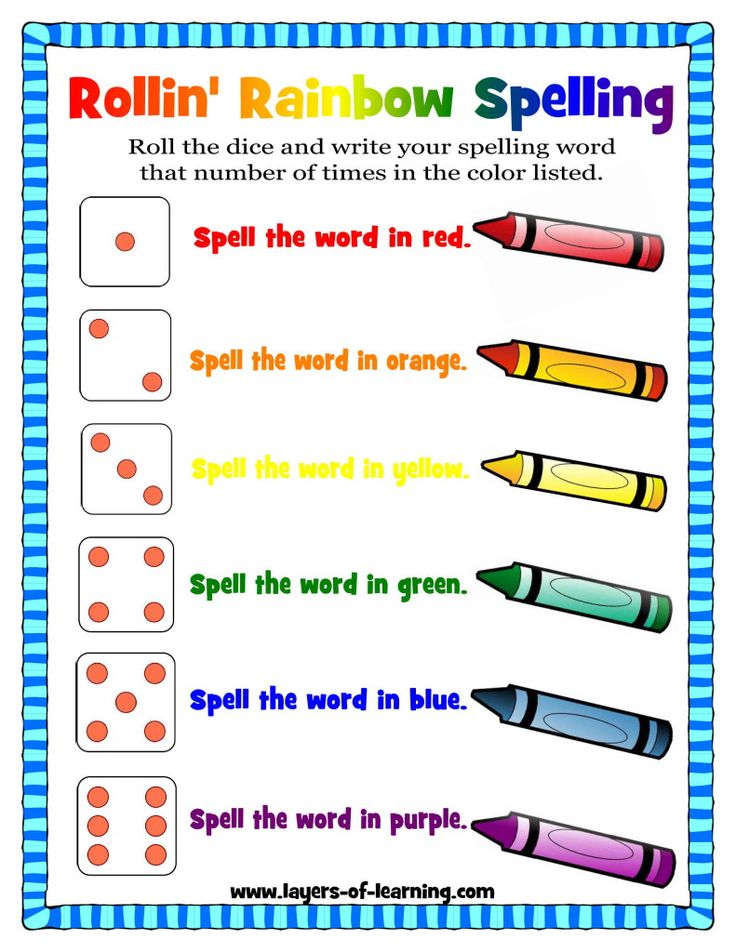Kids alphabet sounds
5 Fun And Easy Tips
Letter sounds are one of the very first things your child will encounter when they begin to explore reading.
By recognizing the phonetic sounds that alphabetic letters make, your child will take their first big step toward associating words with their individual sounds, an essential tool for, when the time is right, sounding out words.
Most new readers start from the same place — by learning their letters! And no matter where your child is on their reading journey, working with them on their letter sounds is a great way to help strengthen their fundamental skills.
Here are five fun and effective tips for working on letter sounds with your child.
5 Fun And Easy Ways To Teach Letter Sounds
1) Touch And Feel Letters
Humans are tactile creatures, and we depend on touch to tell us a lot about the world around us. This is especially true of kids when they’re learning!
Although most traditional reading curriculums focus on auditory and visual cues for letters and their sounds, touch can be helpful, too. We have five senses, after all, so we might as well take advantage of them!
As opposed to relying solely on how a letter looks when it’s written (and flat), adding in a physical sensory element can help your child build a stronger connection to the letter sound they’re trying to learn.
Doing this engages an extra part of their brain while they learn. Not only will they know what the letter looks and sounds like but also what it “feels” like. Associating the “feel” of a letter with its pronunciation may help them gain a better understanding of letter sounds more quickly.
There are plenty of options for exploring reading through your child’s sense of touch. The best part? Your child will get to do one of their favorite things — make a mess! Letting them get messy with letters provides a great incentive to learn.
If you’d like to try this tactile learning style, you can get started by grabbing a few blank pieces of paper. Using a thick, dark marker, write out the letters you want your child to work on.
Then, you can simply grab whatever you have around the house that is malleable enough to form into letters. PlayDoh or kinetic sand are both great options.
We recommend saying the associated letter sound as your child looks at and forms the written letter with the PlayDoh or kinetic sand. You can also encourage them to shape their material over the outlined letter on the page if they need some extra guidance.
Feel free to also brainstorm words with them that share the letter sound they’re practicing. This could help them make even more connections to the letter and its sound!
If you don’t mind a little extra clean up, shaving cream can also be a great option! Simply spread out the shaving cream on a flat surface. Trace out the letter for them in the shaving cream, then ask them to do the same while you repeat the letter sound.
2) Connect Letter Sounds To Familiar Symbols
Letters and their sounds might be unfamiliar to your child. By making a connection between letter sounds and items or symbols your child might already be familiar with, you can help bridge the gap between what they don’t know yet and what they do!
Utilizing things that your child already knows and loves may encourage them to get more engaged with learning their letter sounds. Familiar ideas will also make them feel more confident and comfortable while learning.
Familiar ideas will also make them feel more confident and comfortable while learning.
For example, if you want to start with the letter “T,” consider printing out pictures of things that start with “T” that your child loves, such as trucks and tigers. Let your child choose which pictures to use, and then help them create their very own alphabet book with those images!
Working with your child to construct their personal letter-sound alphabet — a mixture of the specific picture you want them to learn to associate with a particular letter sound — is an easy and fun craft project that will pay off in the long run.
The more personalized you can make the learning process the more fun your young learner will have!
Familiarity can also help your child beyond simply learning the letter sound: it helps them build confidence! The more your child feels like they understand and know what they’re reading, the more likely they’ll be to develop an enthusiasm for learning.
3) Repetition, Repetition, Repetition
This technique focuses on repetition, which is great for getting your child familiar with their letter sounds.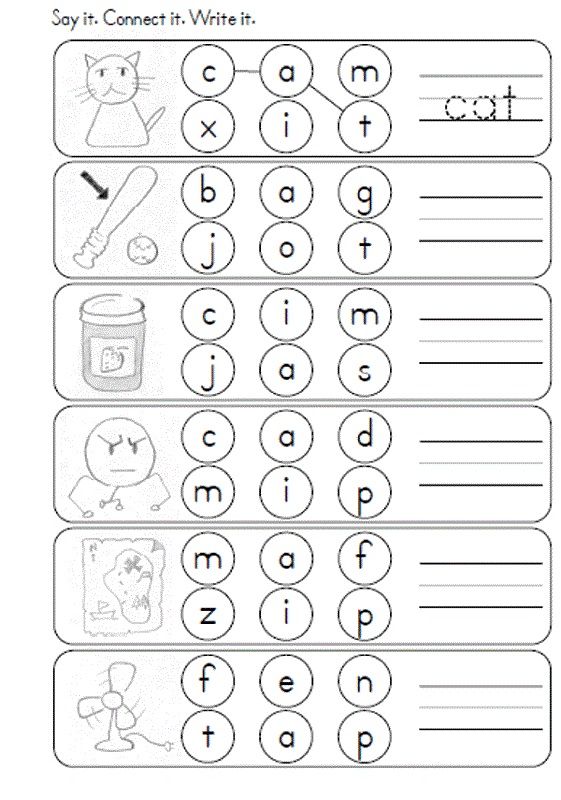 By consistently repeating the same letter sounds to them, you can help your child more easily pick up on them.
By consistently repeating the same letter sounds to them, you can help your child more easily pick up on them.
A great idea might be to focus on introducing your child to one letter sound at a time. You could make a “letter of the week” jar for your child. Place an empty jar on your counter labeled with the letter sound for the week.
Every time your child points out a word they’ve heard that starts with the letter sound of the week, they earn a “ticket” or “point” in the letter sound jar (you could also use stickers on a poster if you don’t have a jar handy).
Challenge your child to gain three or four points (or more!) during the day. You’ll want the jar to be somewhere your child sees it often — maybe in the kitchen so you can prompt your learner to think of a word while you’re making dinner or washing dishes!
They don’t have to rely on only the things they hear or see in real life, especially when it comes to those trickier letter sounds (like x, q, or z). Consider using some of your daily reading time to flip through magazines or books and point out the letter sound whenever you come across it.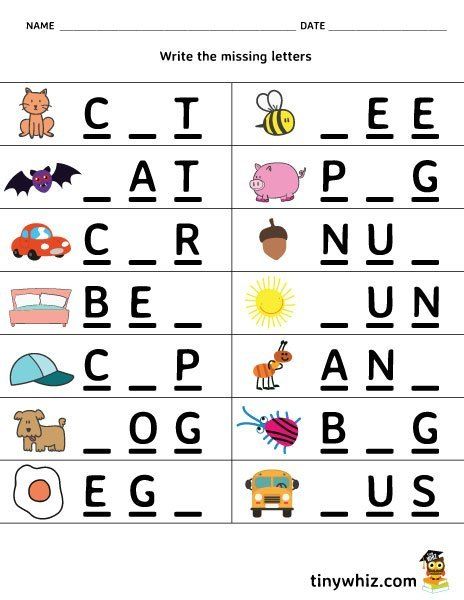
Emphasizing repetition this way really gives your child the chance to focus intensely on a single letter and explore the primary sound it represents!
Giving them ample amounts of time, practice, and exposure to one sound at a time may help them with their learning longevity.
4) Digital Letters In The 21st Century
Technology is a huge new factor in modern-day learning. Not only do children learn how to read and write texts, but now they also have to learn how to use a keyboard at a very young age.
While too much media time can be bad for your child, there are ways to be mindful about media consumption and incorporate media into their letter-sound learning. Especially for busy families, media can be a really useful asset to add to your parenting tool belt.
If you’re looking for a safe, personalized, and reliable place for your child to work on their reading and letter-sound skills, our online learning center has tons of playful games and exercises!
Your child can also use a simple keyboard to engage their letter-sound skills.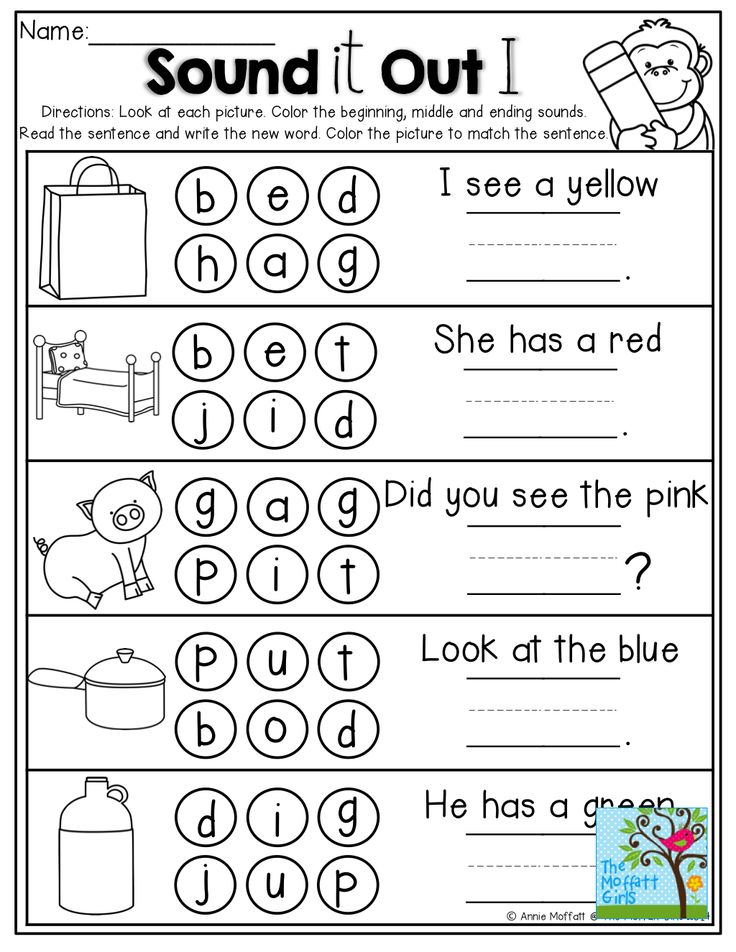 For this activity, you can call out the sound of a letter and ask your child to hit or point to the letter it matches on a keyboard.
For this activity, you can call out the sound of a letter and ask your child to hit or point to the letter it matches on a keyboard.
This exercise is easy and versatile, as you can use any keyboard you have around — on your phone, your computer, or a device designed for kids. And your child will probably love pretending to be a grown-up just like you!
5) Bingo
Classics are classics for a reason. And Bingo is a time-tested, kid-approved game!
If you’d like to take a shot at this activity, draw or print out a Bingo sheet that has pictures of things your child is familiar with (remember tip #2!). We recommend sticking to things they see daily, like apples (for the “a” letter sound), bikes (for the “b” letter sound), and so on.
To play, call out a letter sound and instruct your child to mark off the picture that begins with the same sound. If your child has siblings or neighborhood friends, consider inviting them to play along (it makes for a great virtual game, too).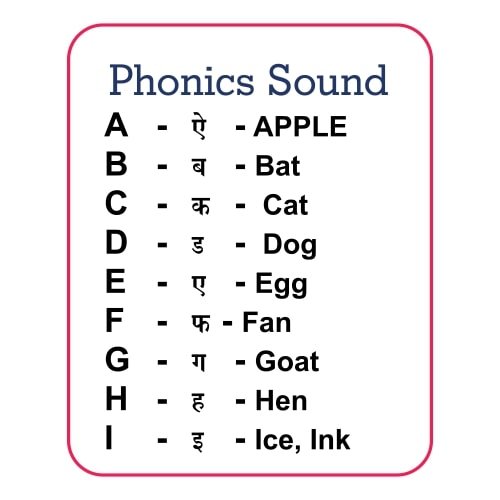
The first to make it to bingo wins!
Making Letter Sounds Fun And Functional
We hope these tips were helpful and gave you some creative ideas for how to get your child engaged with letter sounds (while having a blast along the way!).
We always want to leave you with a reminder that on the journey toward helping your child become a confident, enthusiastic reader, it may take some time to discover what learning strategies are the perfect fit for them. That’s OK!
If you ever need a little extra help or want to switch up your child’s learning routine, our learning center is always open and full of engaging and effective exercises for your emerging reader!
Author
50 ABC Letters and Sounds Games • Kids Activities Blog
Today we have a whole bunch of alphabet fun with letter and sounds learning games and activities for toddlers and preschoolers to help you young students prepare to read with fun pre-reading playful learning ideas.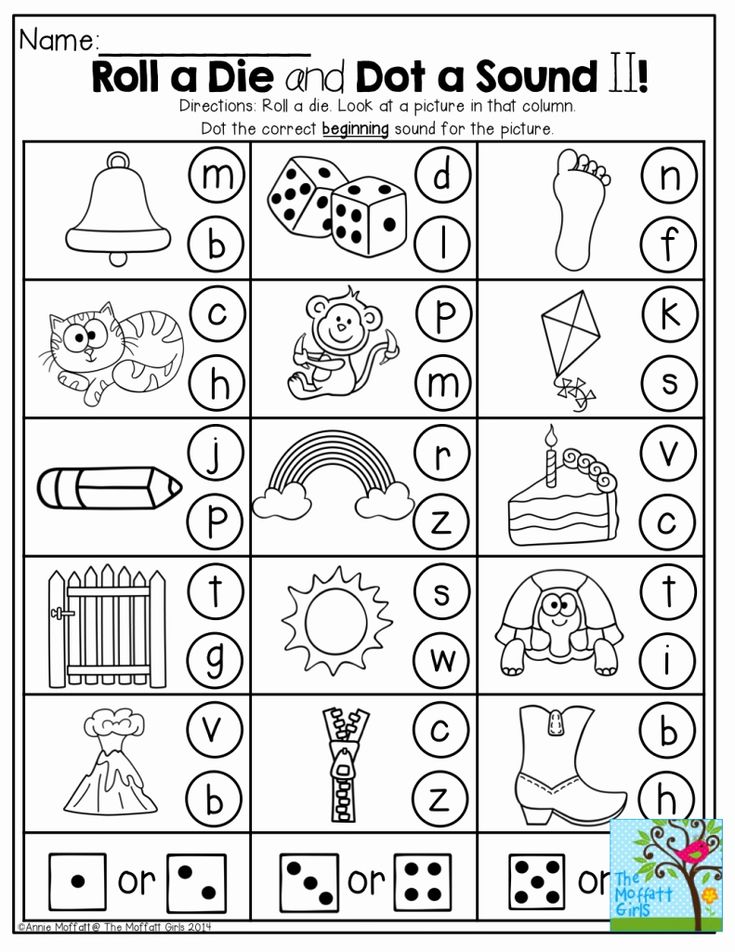
ABC Games & Alphabet Sounds
Many parents have kids that are soon to enter kindergarten for the first time and are wondering what their kids should know before they head out to school on their own.
As a mom who once taught Kindergarten, I always wanted to make sure my kids are well-prepared and ready to begin their school career with a bit of an advantage by knowing their letters and sounds.
Related: Grab our free Kindergarten readiness checklist as a guide
I have seen the value in children knowing their letters early.
That said, I also recognize that kids are kids, and I want to make sure they have time to play – both independently and with me.
Let’s learn our alphabet through playing games!Learning Through Alphabet Games
Children acquire knowledge through play, so learning letters at our house is rarely a sit down structured time.
It’s a time of play and games!
The kids have fun and don’t even realize they are learning at the same time.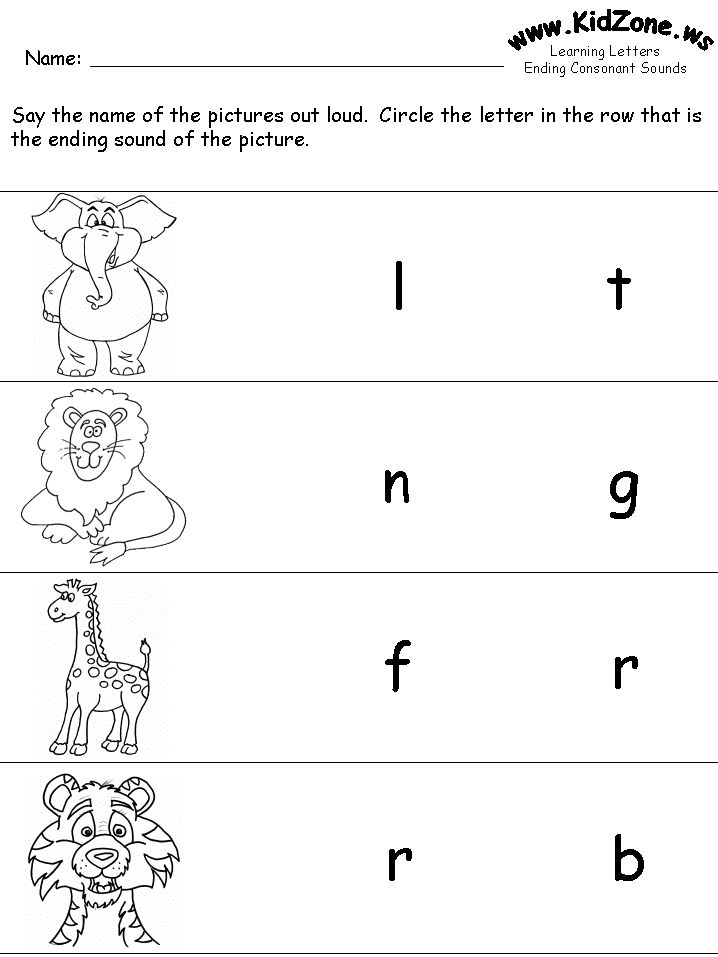 I don’t believe we should leave teaching up to the schools. You get the great honor of being an educator of your child, and you can supplement what is happening at school by engaging your child in enjoyable yet educational ways.
I don’t believe we should leave teaching up to the schools. You get the great honor of being an educator of your child, and you can supplement what is happening at school by engaging your child in enjoyable yet educational ways.
Related: Check out our huge abc letters resource that has letter activities, letter crafts, letter printables and more for every letter of the alphabet!
I hope these resources help you feel equipped to take the reins in your own child’s education.
This article contains affiliate links.
Let’s play a hands on letter game!Hands On Letter Games
1. Letter Toss Game
Muffin Tin Learning – Want to make learning fun? This game involving throwing pennies and will keep your kids engaged. They will barely know that this is actually a lesson.
2. Growing Letters Game
Alphabet Flower Garden – This garden is full of letters and learning opportunities. It is definitely a great way to explore and grow in alphabet knowledge.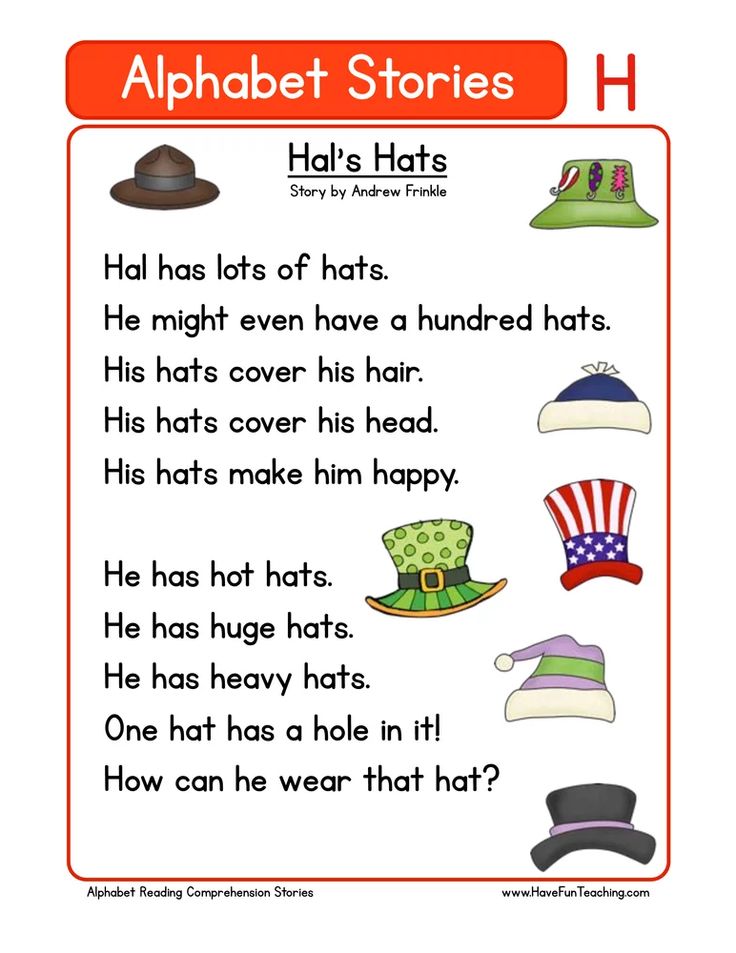
3. Unlimited ABC Games for Kids
ABC Mouse – This site gives kids tons of alphabet and phonics practice through interactive games and printables.
4. Matching Letter Game
Magnetic Alphabet Board – This letter matching activity is self-contained and is a tool to get kids to match up letters and help with identification.
5. Touch and Feel the Alphabet Game
Play Dough and Magnet Letters – Letting kids explore using their senses is a great way to learn. Play Dough is a tactile way to watch this happen.
–>Need a Set of Alphabet Magnets? I like this Magnetic Letters Alphabet Fridge Magnets Set that comes in a handy carrying tub.
6. The Great Alphabet Race
Race the Alphabet – Do you have race tracks and a child that loves playing with cars? This activity is for you! If you don’t have your own track, here’s another version.
Let’s have some fun with preschool learning games & our ABC’s.Preschool Alphabet Games
7.
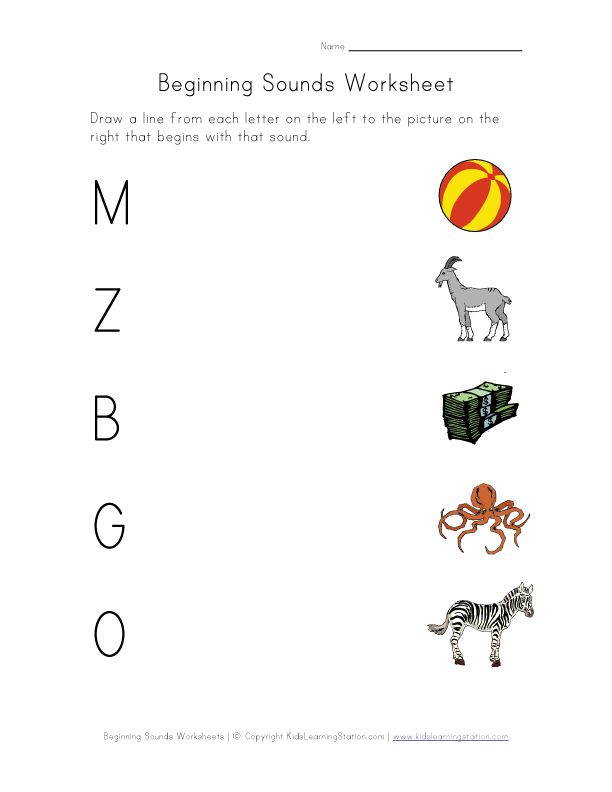 Fishing for Letters
Fishing for LettersMagnet Letter Fishing – Take your magnet letters and make a simple fishing pole. With a pond full of letters, your kids will have a lot of fun casting their line for another catch.
8. Pirate Vowel Game
Gold Coin Vowel Sound Drop – Your little pirate will have fun learning his or her vowels be playing this game.
9. Letter Stacking Game
ABC Letter Stack Game – Stacking up letters has never been so fun. They get to stack and stack until they fall, which I am sure will become the favorite part.
Related: Use these with our playful preschool homeschool curriculum
10. It Begins With…
Initial Sounds Blackout Game – Want kids to be able to identify the beginning sounds of words? This fun game will help them do exactly that.
–>Need a Wooden Alphabet Set with Flashcards? I really love the cuteness of this Tangame Wooden Magnetic Letters Alphabet Refrigerator Magnet Flash Cards for Preschool Kids that comes in a magnetic tin.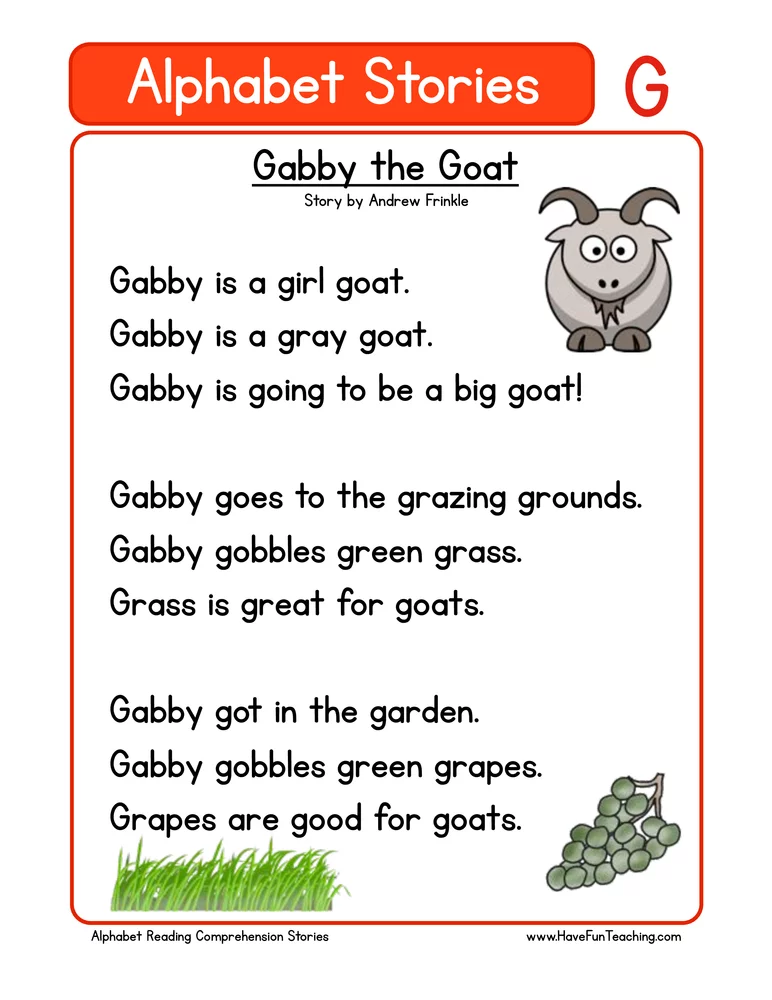
11. Letter Scavenger Hunt
Architecture Letter Scavenger Hunt – Have you seen those photos that find letters in architecture? Your kids get to go on their own letter scavenger hunt with this fun activity.
Let’s play a creative alphabet game!Creative Letter Games for Alphabet Sounds
12. Interactive Alphabet Learning Games
A-Z Letter Learning Activities – This post brings you over 90 activities for each and every letter of the alphabet. What a great resource!
13. Climb the Word Ladder
Word Ladder – Kids get to “climb” to the top of the ladder as they successfully identify letters and sounds. They don’t need to worry if they “fall,” they have the opportunity to try again.
14. Flashlight Alphabet Game
Flashlight Alphabet Game – My kids are obsessed with flashlights. I know my preschooler would love this game!
–>Need Foam Alphabet Letters for Practice? This Gamenote Classroom Magnetic Alphabet Letters Kit comes in a plastic organization case and magnet board and would be great for home too.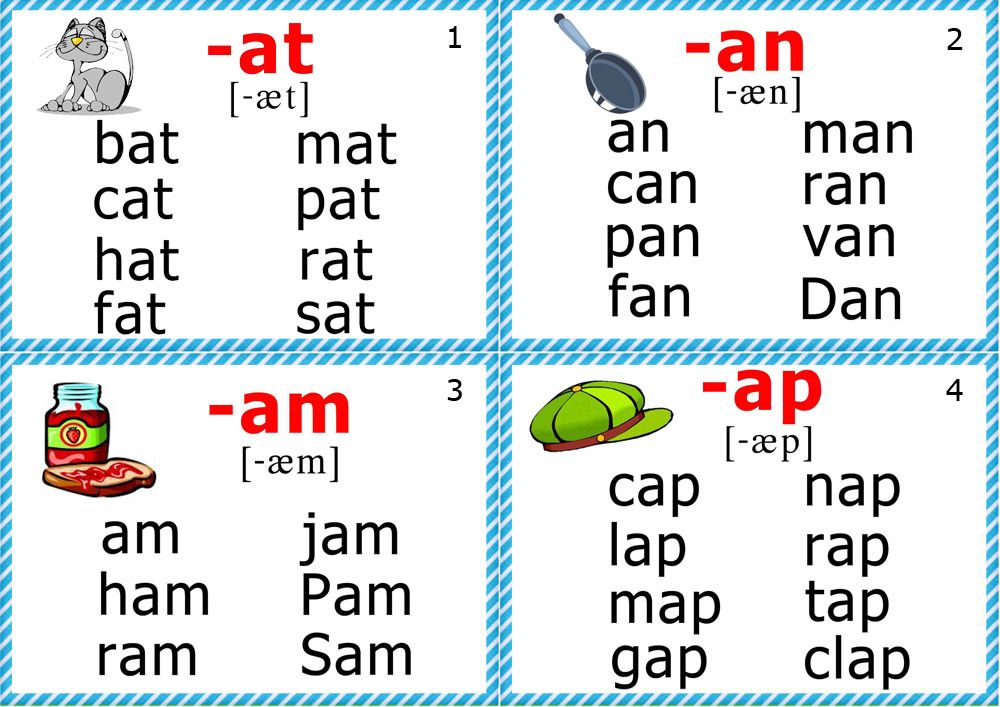
15. Make a Letter Game
Letter Formation Activity – Using materials you probably have at home, your kids will have a lot of fun forming their letters.
16. Hungry Hungry Letters Game
Alphabet Monster – This hungry monster will only eat letters if you can say the name or sound of a letter. What a fun craft to make that also turns a great letter learning opportunity.
Let’s play a game that helps us learn letters!ABC Games that Help Kids Learn Letters and Sounds
17. Let’s Host a Reading Hop
Reading Hop – This letter learning game will keep your kids active and hopping all around. If you are looking for a way to take learning outdoors, you have found it.
18. Alphabet I Spy
Alphabet “I Spy” – Take the classic and beloved game of “I Spy” and turn it into an alphabet search activity. Brilliant!
19. Can You Catch the Letters Game?
Runaway Letters Game – Your child gets a chance to grab letters and runaway while you creativity beacon the letter’s return.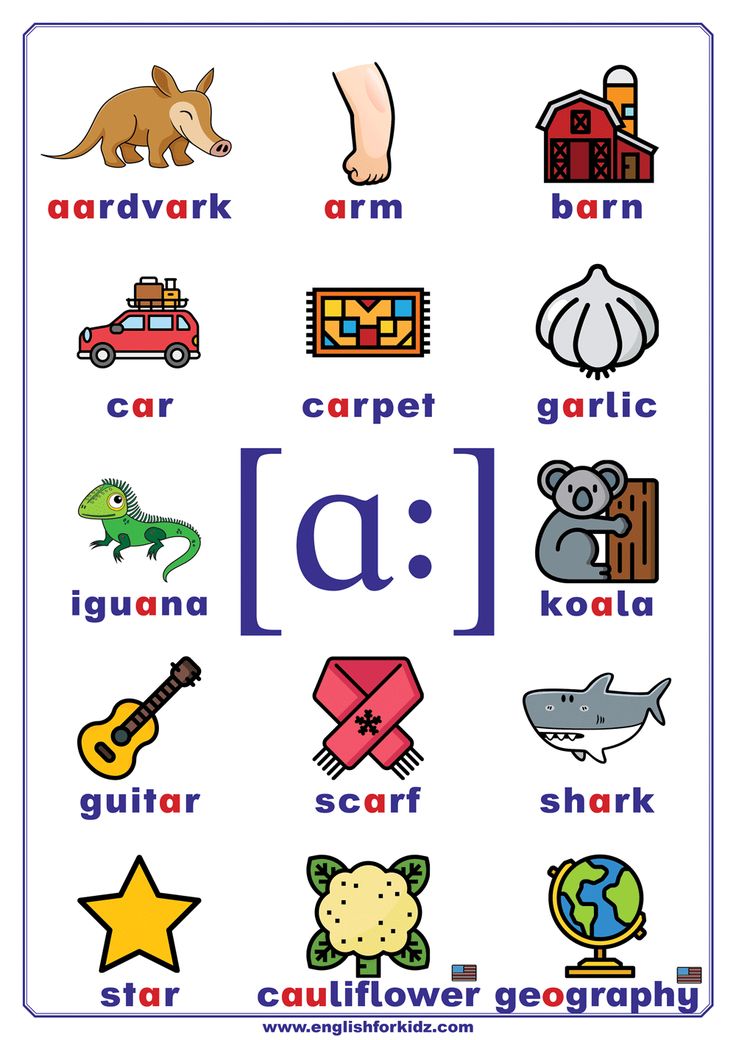 This is a great way for moms, dads or teachers to interact with their kids during the educational process.
This is a great way for moms, dads or teachers to interact with their kids during the educational process.
–>Need a Fun ABC Game? I love this ABC Cookies Game from Goodie Games that is a fun alphabet learning game for toddlers and preschoolers.
20. LEGO Spelling
Lego Spelling – If you add letters to duplex legos, you have a great way to work on sounds and words.
21. Letters Inside of Letters Activity
Making Letters with Letters – Learning letters will be reinforced over and over again as your kids use letters from magazines to create their own larger letters.
Fun Pre-K Learning games for kids!ABC Games for Pre-K
22. Letter Swat Game
Spider Letter Swat – Kids will enjoy learning their letters as they swat away at the flies in this entertaining game.
23. Letter Squirt Game
Squirt the Letter – This is a game I know my son, especially, would love. He loves anything squirt gun and anything water.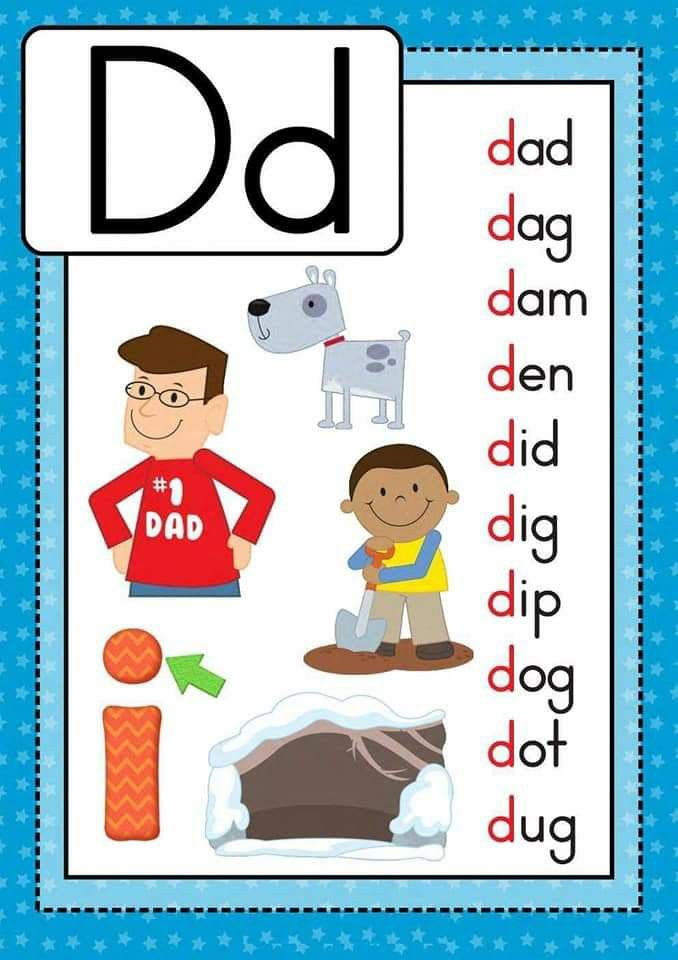 Squirting the correct letter is right up his alley.
Squirting the correct letter is right up his alley.
24. Letter Lacing Activity
Letter Lacing – This letter lacing, quiet bag activity works on fine motor skills while also developing the skills needed to develop in reading.
–>Need Letter Lacing Cards? I like this wooden set from Melissa & Doug that has both animals and letters on the sturdy lacing cards.
25. Alphabet Sounds Race
Letter Sounds Race – Get your kids moving with this letter sounds race. This is a great learning opportunity for your active kids! More alphabet sound learning activities are fun too!
26. Disappearing Letters Game
Disappearing Letters – Kids will learn to love to trace their letters as they see the trick to making them disappear.
Let’s play ABC Learning Games!Alphabet Games for Learning
27. The Game of Bang
Bang – Bang is a letter identification game that will be a lot of fun for the little gamers in your life.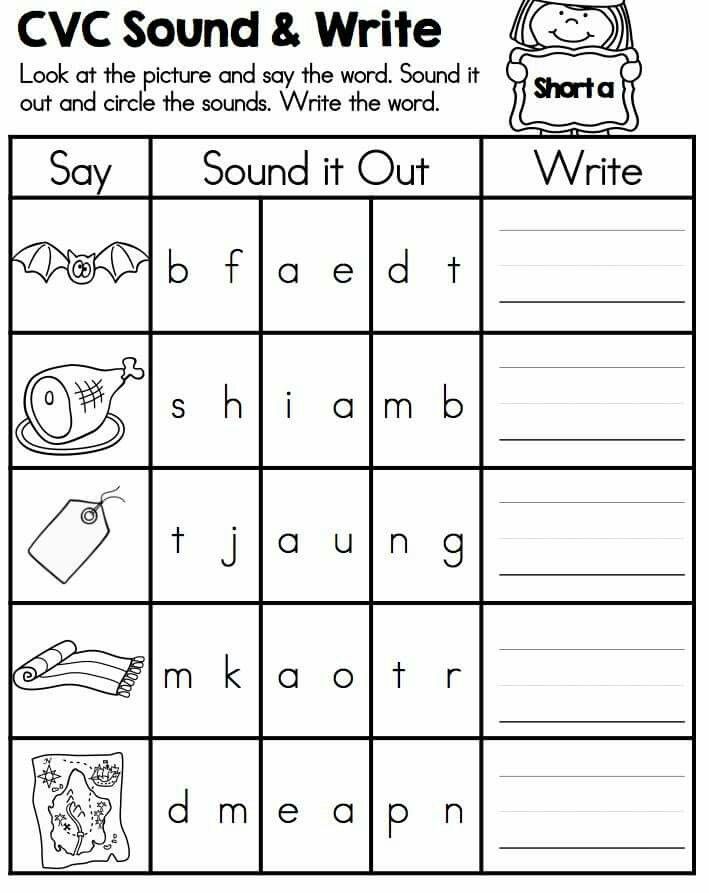
28. Letter Chomp Game
Mr. Shark Alphabet Chomper Game – I love the idea to make a shark out of an envelope in general. Add the learning aspect of having the shark chomp letters, and you have a great game.
29. Letter Tiles Activity
DIY Bananagrams Letter Tiles – Here’s a really smart way to make letter tiles. You can turn them into magnets or play the classic Bananagram game with your creation.
–>Need a Bananagram Game? Here is the original Bananagram game for kids.
30. Make Pretzel Letters
Soft Pretzel Letters – Kids can learn their letters as they have fun making pretzel dough. Through using both the sense of touch and taste, this becomes a fun activity for all.
31. Travel Alphabet Game
Alphabet Words Game – This is a learning game that can be taken anywhere. Keep your kids occupied working on their letters at restaurants, home, car rides and more.
Let’s play letter and sound games!ABC Games for Letters and Sounds
32.
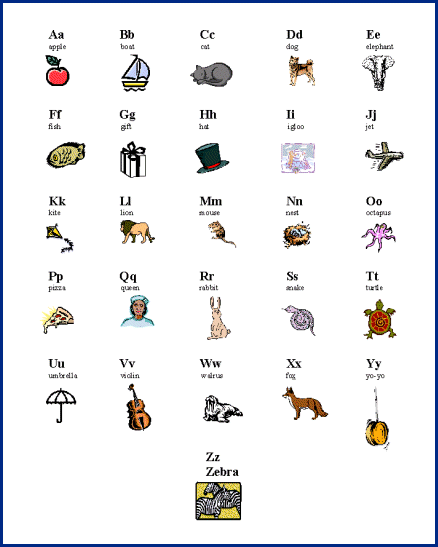 Touchy Feely Letters
Touchy Feely LettersSensory Bins with Letters – Sometimes the best way to help kids learn is to let them explore. This sensory bin will help kids do just that.
33. Alphabet Seek & Find
Seek-N-Find Alphabet – This letter game is like an eye spy for letters. It involves a plastic tube (easily substituted by a water bottle), and will keep your kids searching for their letters for quite some time.
34. Letter Formation Fun
Tactile Writing – Kids learn to write letters as they use rice and paint to feel their way through the process or writing.
–>Need a Wooden Letter Matching Set? I like this durable Alphabet flash cards and wooden letter puzzle set from LiKee Alphabet.
35. Homemade Domino Letter Fun
Craft Stick Dominos – These craft stick dominos are an easy, homemade version of a domino game with a focus on learning letters and matching symbols. What a fun idea.
36. Flashcard Games
ABC Flashcards – Flashcards can be used by a variety of games and activities like flashcard basketball. These ones are free. And so are these kids alphabet cards you can download & print instantly.
These ones are free. And so are these kids alphabet cards you can download & print instantly.
Related: Here are a bunch of ideas for flash card games for kids
Let’s play some more abc games!How to Help a Child Learn Letters and Sounds Through Play
37. Make a Sun-Powered Letter Puzzle
Make a DIY shape puzzle using the sun with alphabet letters for a really fun matching game you can play inside or out. Or use this method without the sun to make this fun abc matching game for kids.
38. Collect Alphabet Treasures
Use these free alphabet labels to create small containers for each letter of the alphabet for a special letter collection activity!
39. Make Easy Alphabet Crackers
Making alphabet crackers has never been easier or more fun!
–>Need an Alphabet Snack? I like these Happy Tot Organics ABC Multi-Grain Cookies…yum!
40. Play Alphabet Zipline!
Use these alphabet printable letters to create your own alphabet zipline in your living room.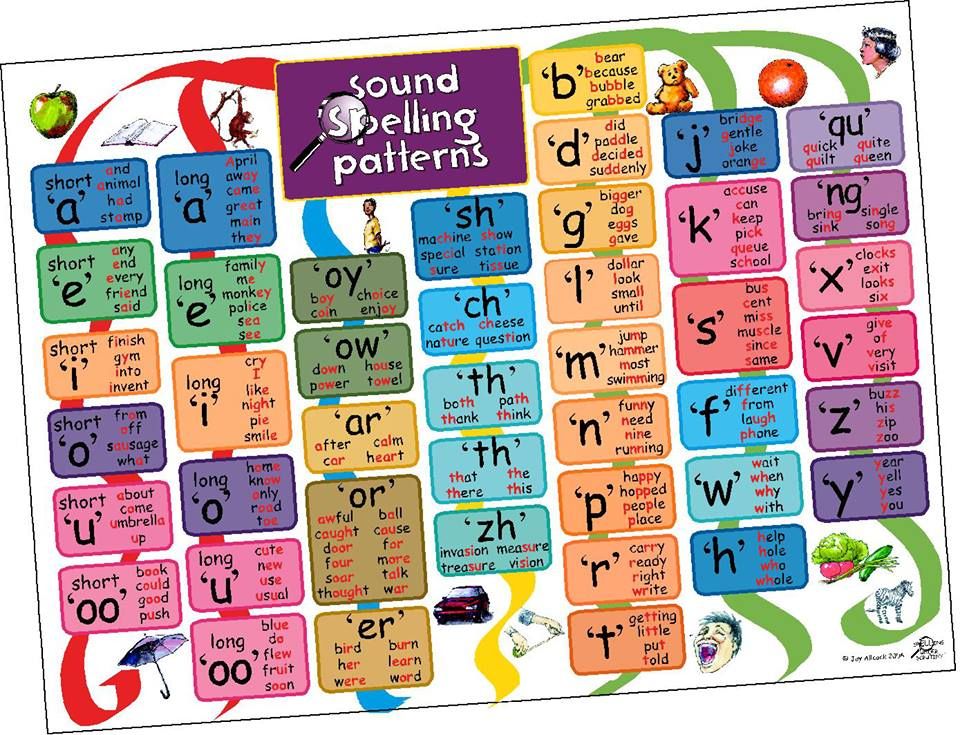 It is really fun.
It is really fun.
41. Play a Silly Letters Game
Try these alphabet games for preschool that are full of fun and a little silly…
42. Make Pipecleaner Letters!
Try to do some fun abc formation with pasta and pipe cleaners which is a fun way to explore letter shapes.
43. Make Bathtub Alphabet Soup
Use bath letters for a big big big batch of bubblebath alphabet soup {giggle}.
44. Color a Letter Coloring Page
- Letter A Coloring Page
- Letter B Coloring Page
- Letter C Coloring Page
- Letter D Coloring Page
- Letter E Coloring Page
- Letter F Coloring Page
- Letter G Coloring Page
- Letter H Coloring Page
- Letter I Coloring Page
- Letter J Coloring Page
- Letter K Coloring Page
- Letter L Coloring Page
- Letter M Coloring Page
- Letter N Coloring Page
- Letter O Coloring Page
- Letter P Coloring Page
- Letter Q Coloring Page
- Letter R Coloring Page
- Letter S Coloring Page
- Letter T Coloring Page
- Letter U Coloring Page
- Letter V Coloring Page
- Letter W Coloring Page
- Letter X Coloring Page
- Letter Y Coloring Page
- Letter Z Coloring Page
45.
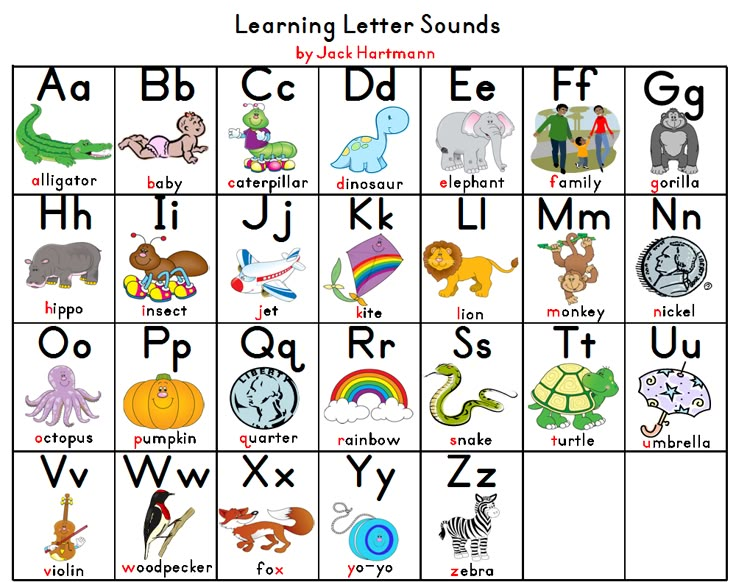 Let’s Play with Playdough!
Let’s Play with Playdough!These playdough pre writing activities are both fun and super hands-on learning.
Let’s make a yummy…I mean gummy…alphabet!46. Make Gummy Letters
This sour gummy recipe makes the cutest alphabet letters to learn and eat!
47. Try a Fun Alphabet Activity Book
There are so many quality workbooks for kids on the market right now so we narrowed it down to some of our favorites that just might fit your kid.
Let’s find the letters and make pictures with crayons!48. Color by Letter Activities for Letter Recognition Fun
We have a whole bunch of color by letter printable pages for kids that help them recognize letters while playing a game:
- Color by letter – A-E
- Color by letter worksheets – F-J
- Coloring by letters – K-O
- Color with letters – P-T
- Preschool color by letter – U-Z
49. Play the Missing Letter Game
Use one of our favorite preschool games, What is Missing? and use either letter flashcards or abc fridge magnet sets to create sequencing of the alphabet and then remove a letter or two.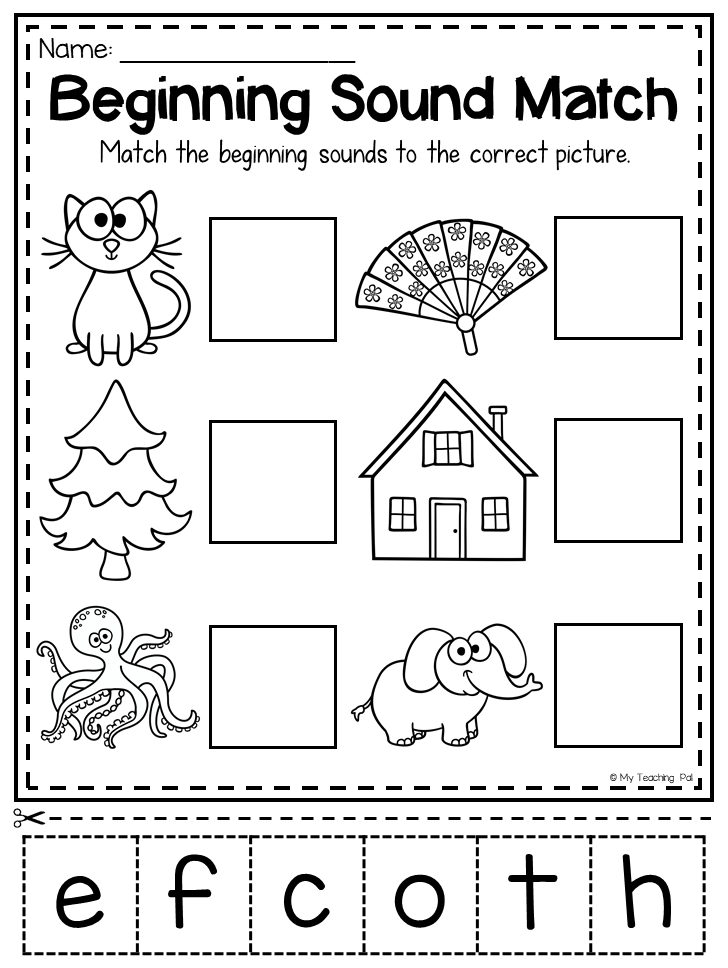
50. Play Alphabet Beach Ball Toss
Modify our fun sight word game with letters instead of sight words. Your beach ball can be covered with the letters of the alphabet for throwing and catching learning fun.
Games for ABC Sounds
51. Learn and sing the ABC sounds song
I love this fun song from Rock ‘N Learn that goes through the entire alphabet with sounds for each of the letters.
52. Play an online ABC sounds game
Monster Mansion is a free online alphabet match game that kids can learn the abc sounds and match them with the proper letter on the proper monster!
53. Print & Play a letter sounds game
Preschool Play and Learn has a really colorful and fun letter sounds board game you can print and play at home or in the preschool classroom.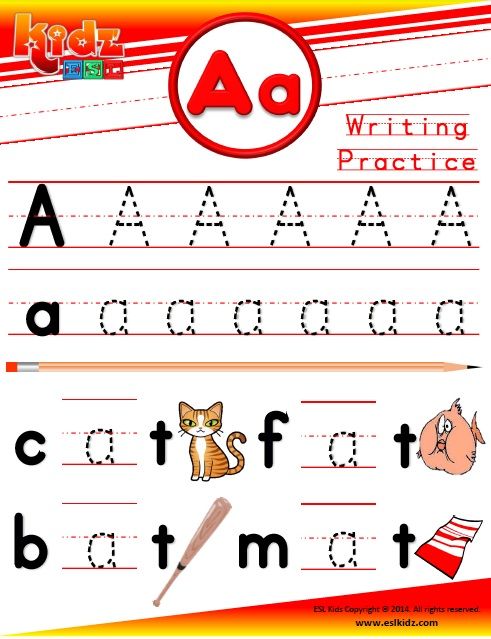 Each player will pick up a card and identify the letter and /or say the sound that the letter makes.
Each player will pick up a card and identify the letter and /or say the sound that the letter makes.
More Learning Games from Kids Activities Blog
- Now that we learned out letters, don’t miss out on our number activities for preschoolers!
- When your child is ready, we have a big giant list of sight word activities that are fun too!
- We have some really fun games teaching kids how to read a clock.
- My favorite massive resource of fun is our kids science games here at Kids Activities Blog.
- It doesn’t have to be October to play some frightful Halloween games.
- Let’s play math games for kids!
- If you need to work out the wiggles, we have the best indoor games for kids.
What was your favorite abc game? Did we miss some alphabet activities that you do with your kids?
Series of goods - Musical educational toys. ZABIAKA | 108 SKUs in stock
Musical clock “Bear”, sound, blue
125₽ / wholesale
Children's goods
Art.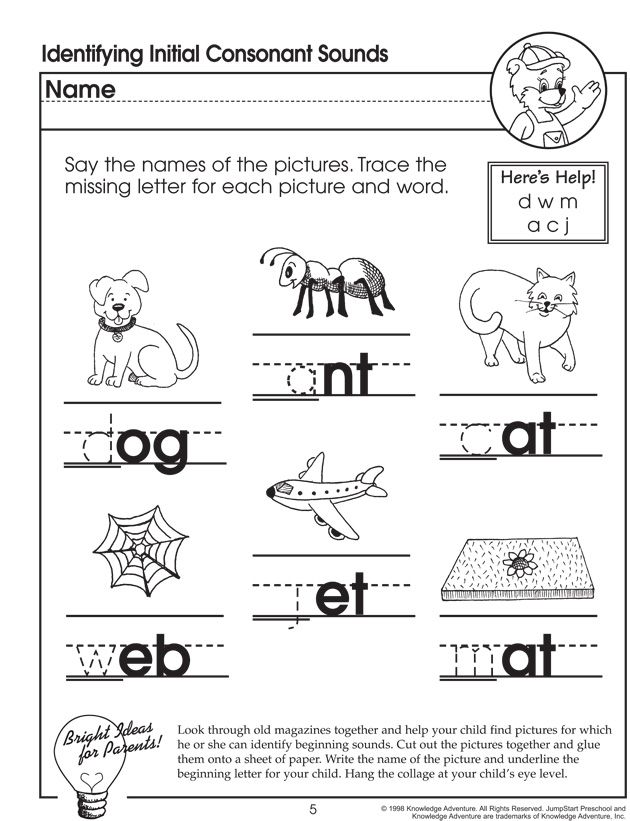 : 6849702; ZABIAKAMusical educational toys. ZABIAKA China 21.5 cm × 4 cm × 1.5 cm Plastic 600 pcs in a box
: 6849702; ZABIAKAMusical educational toys. ZABIAKA China 21.5 cm × 4 cm × 1.5 cm Plastic 600 pcs in a box
Rs.699; ZABIAKAMusical educational toys. ZABIAKA China 21.5 cm × 4 cm × 1.5 cm Plastic 600 pcs in a box
165 ₽
182 ₽
-9%
Music hours “Super Racer”, sound, blue
125 ₽/wholesale
Children's goods
art: 6849698; ZABIAKAMusical educational toys. ZABIAKA China 21.5 cm × 4 cm × 1.5 cm Plastic 600 pcs in a box
165 ₽
182 ₽
-9%
Musical clock "Super clock", sound, color red
138 ₽ / wholesale
Children's goods
Art.: 6849701; ZABIAKAMusical educational toys. ZABIAKA China 21.5 cm × 4 cm × 1.5 cm Plastic 600 pcs in a box
Hit
Favorite pony musical clock, sound effects, pink
152₽ / wholesale
Children's goods
Art.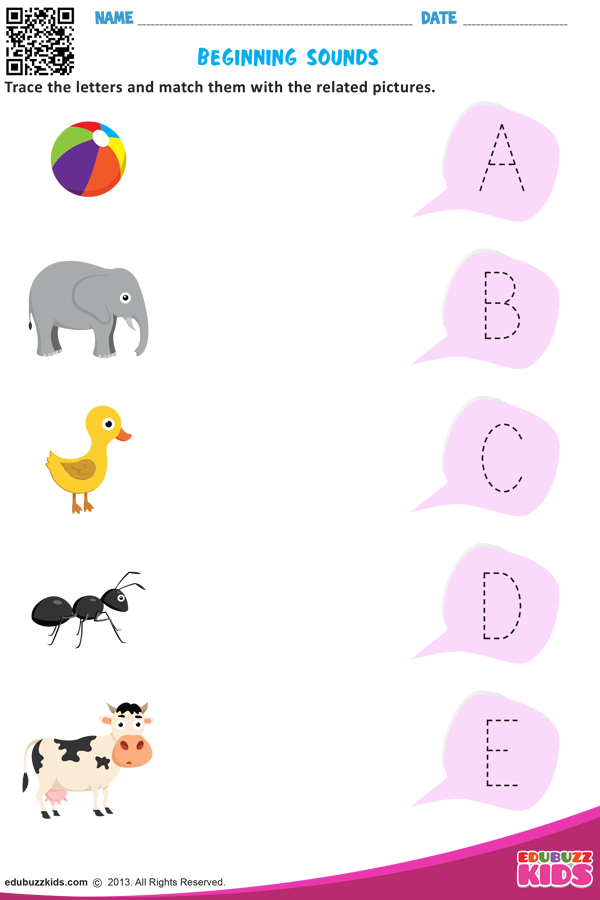 : 2989537; ZABIAKAMusical educational toys. ZABIAKA China 16 cm × 1.5 cm × 7.5 cm Plastic 600 pcs in a box
: 2989537; ZABIAKAMusical educational toys. ZABIAKA China 16 cm × 1.5 cm × 7.5 cm Plastic 600 pcs in a box
Hit
Musical toy "Favorite cat", sound, white
160₽ / wholesale
Children's goods
Art.: 7550322; ZABIAKAMusical educational toys. ZABIAKA China 6.5 cm × 3.5 cm × 10.5 cm Plastic 288 pcs in a box
Cute Panda musical toy, sound
160₽ / wholesale
Baby products
Art.: 4878026; ZABIAKAMusical educational toys. ZABIAKA China 7.5 cm × 3.5 cm × 10.5 cm Plastic In a box 288 pcs.
215 ₽
237 ₽
-9%
Talking thermometer musical toy
185 ₽ / wholesale
Children's goods
Art.: 7376267; ZABIAKAMusical educational toys. ZABIAKA China 15 cm × 4 cm × 1.5 cm Plastic 400 pcs in a box
Rs.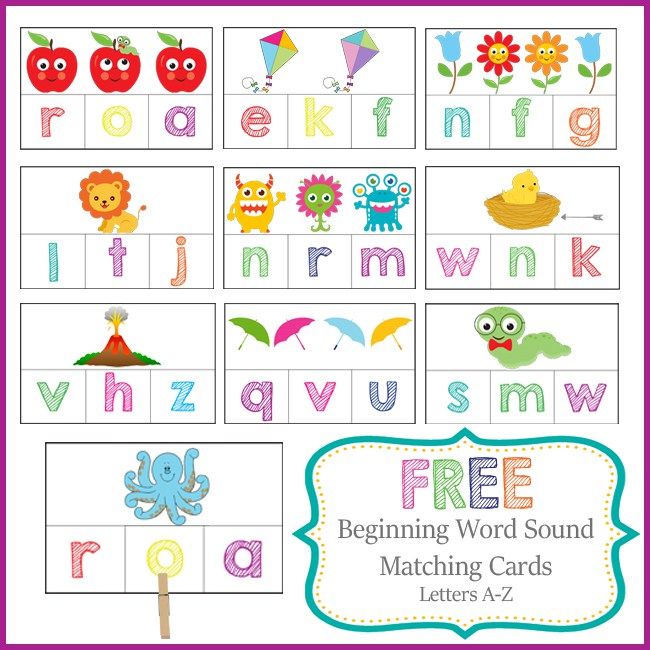 ZABIAKAMusical educational toys. ZABIAKA China 15 cm × 4 cm × 1.5 cm Plastic 400 pcs in a box
ZABIAKAMusical educational toys. ZABIAKA China 15 cm × 4 cm × 1.5 cm Plastic 400 pcs in a box
249 ₽
274 ₽
-9%
Musical toy "Talking thermometer"
185₽ / wholesale
Children's goods
Art.: 7376270; ZABIAKAMusical educational toys. ZABIAKA China 15 cm × 4 cm × 1.5 cm Plastic 400 pcs in a box
249 ₽
274 ₽
-9%
How to quickly learn the alphabet - learn letters with a child
Letters are all around us. The child sees them in books and magazines, on product packaging, in shop windows. He can't help wondering what it is. Over time, he begins to understand that adults can read, begins to copy his parents, having learned a poem or a fairy tale by heart, and pretending that he is reading a book. nine0003
Experts recommend teaching a child to read shortly before school, since at an earlier age his brain is not yet ready to perceive such information.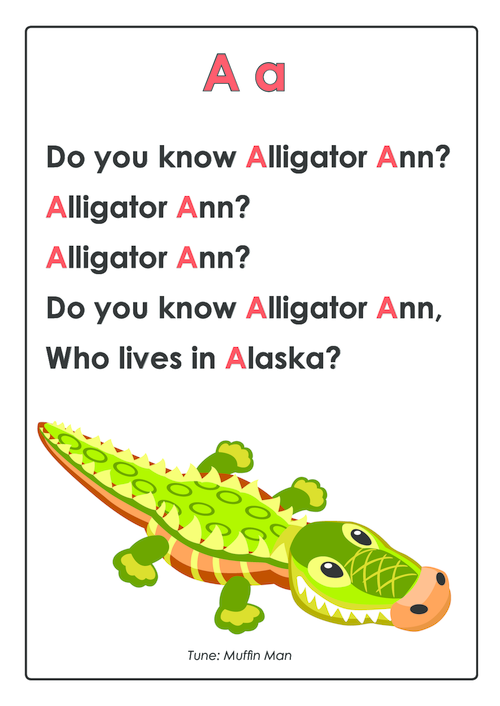 You can learn sounds with it, learn to distinguish them in oral speech, start mastering the alphabet. This pre-letter period is very important, because thanks to it the child will be able to learn to read fluently and understand what he read.
You can learn sounds with it, learn to distinguish them in oral speech, start mastering the alphabet. This pre-letter period is very important, because thanks to it the child will be able to learn to read fluently and understand what he read.
At what age do you start learning letters?
Many parents are sure that a child's development should start almost from the cradle. But neuropsychologists warn that learning letters and numbers before the age of 3 is harmful. At this age, the emotional and sensory sphere should be formed. If we force a child to learn, then we violate the laws of brain development, which can have negative consequences. nine0003
No specialist will tell you that at the age of 3 or 4 a child should know all the letters. Of course, if you wish, you can force him to learn the alphabet, but this will not be useful, but, on the contrary, can harm. The brain is ready for reading most often by the age of 5-6, and only in 20% of babies - by 4-5. Before this time, it is not worth studying letters.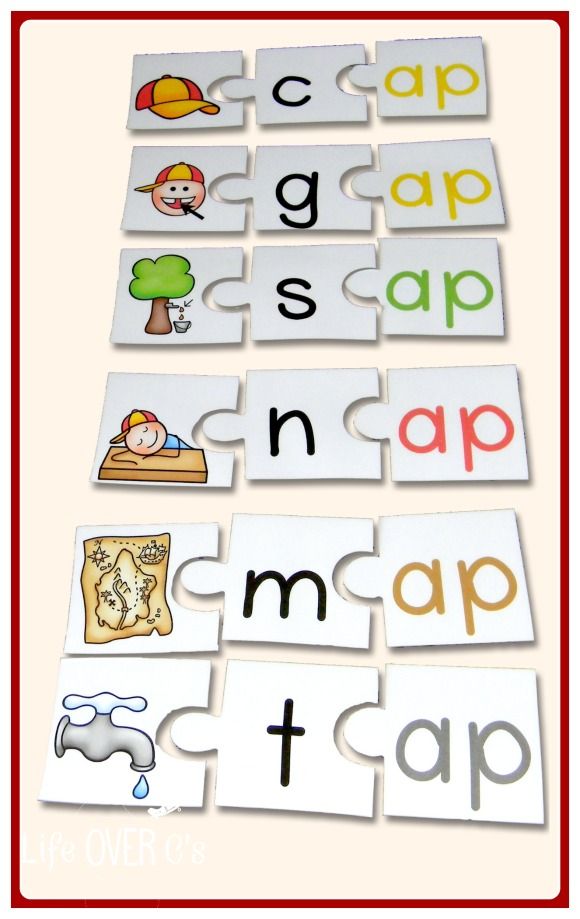
But this does not mean that you can forget about the development of the child. At 3-4 years old, you need to work on the development of speech, teach the baby to ask and answer questions correctly, pronounce words, and study the world around him. You need to work on fine motor skills, teach him to dance, form a sense of rhythm, and so on. nine0003
These are the recommendations. However, all children are different. If a child has shown a sudden interest in letters, it means it's time to start learning. And it does not matter if it manifested itself late, for example, at 6 years old. The child should want to read, only after that you can study with him.
Psychologists point out several signs that indicate a child's readiness for learning:
- The kid perceives well what he read by ear, he can tell what this book is about.
- He knows how to build phrases, pronounce all sounds. nine0148
- Interested in what is written in a children's magazine, book or poster.

- Pretends to read, imitating adults.
If all these signs appear, you can start classes. You can’t put pressure on a child, force him to study, bribe him (“learn the letters - I’ll give you a chocolate bar”) - this will not achieve anything.
In those cases when interest in letters appeared early, there is no need to give up classes. But do not overload the baby, work with him for no longer than 7 minutes, classes do not have to be done every day, you can take breaks of 2-3 days. nine0003
How to start learning the alphabet?
The child began to show interest in letters. No need to immediately load it with knowledge, cramming the alphabet. Move a little. The easiest way for children to remember the first letter of their name. Explain to him what this letter is, what it is called. You can ask him to find this letter in the text. Gradually, he will learn to highlight it, will pay attention to it. The first step has been taken.
Parents now trust their children's education to various children's tablets, phones and other similar toys.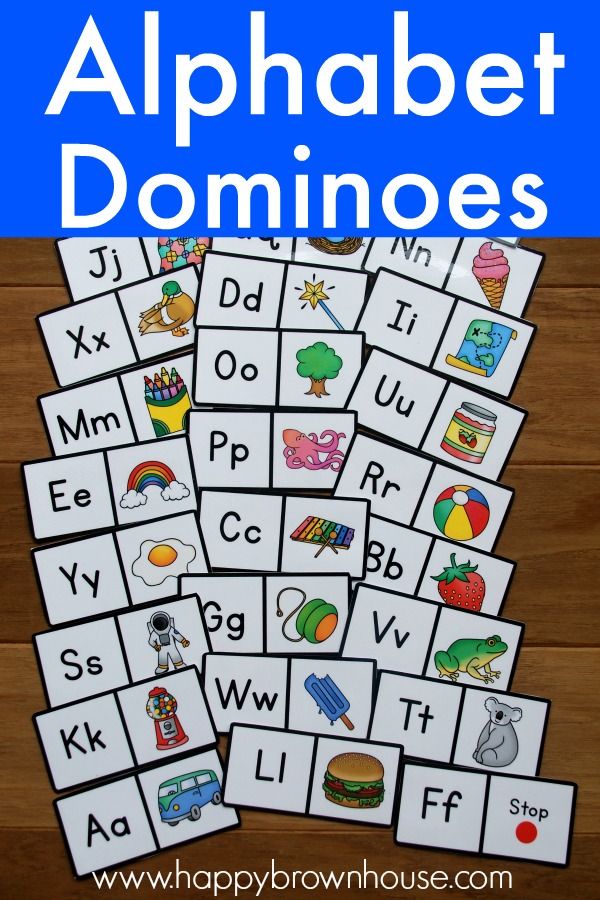 Remember that they are teaching letters, not sounds. Toddlers need to be taught precisely sounds, so it will be easier for them to master reading. nine0003
Remember that they are teaching letters, not sounds. Toddlers need to be taught precisely sounds, so it will be easier for them to master reading. nine0003
A letter is a graphic representation of sound, each has its own name. But learning to read, knowing only the names of the letters, is very difficult. Imagine that the child will need to read the word "ball". How will he do it? Just as he was taught: "beael". And all because he pronounces letters, not sounds.
It is better to start learning with sounds, pronouncing them with the child. Parents themselves should not confuse sound and letter. Sound is what we hear. A bumblebee buzzes - this is a sound, a hammer knocks - this is also a sound. But far from all sounds we can get words. If we clap our hands, the sound will appear, but the word will not. nine0003
You can create a word from special sounds called speech sounds. Make sure that the child does not confuse the letter and sound. Explain to him that a letter is an icon that can be seen in a book or drawn on paper.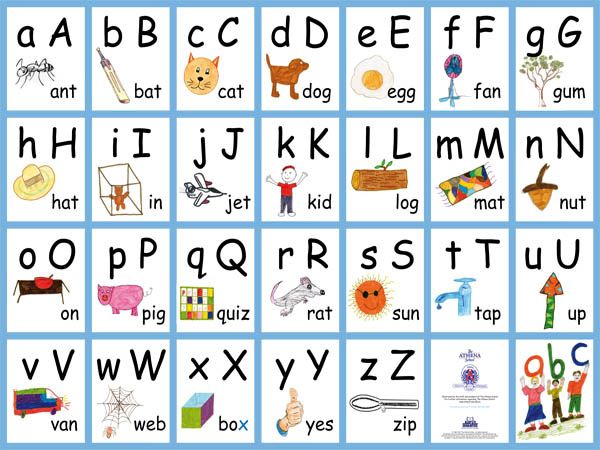 Letters can be seen with the eyes and sounds can be heard.
Letters can be seen with the eyes and sounds can be heard.
General recommendations for teaching a child
If you decide to work with a child, remember the basic rule - he should be interested. You can't force him. At this age, the easiest and most accessible way of learning is through the game. nine0003
It is difficult for kids to concentrate, to sit in one place for a long time, so classes should be short, 5-10 minutes each. As soon as you notice that he has become bored, switch to something else. If he forgot everything that you went through, do not get annoyed, repeat again until he remembers. If you overload your child with information, he will develop an aversion to learning.
At an early age, a child develops visual-figurative thinking, and only then - abstract-logical. This means that it is useless to draw letters on paper or a board. So you can't learn them. For him, it will be just a set of dashes. nine0003
The child needs visual association. For example, if you are learning the sound "a", you can show him a picture of a watermelon or any other item that starts with that letter.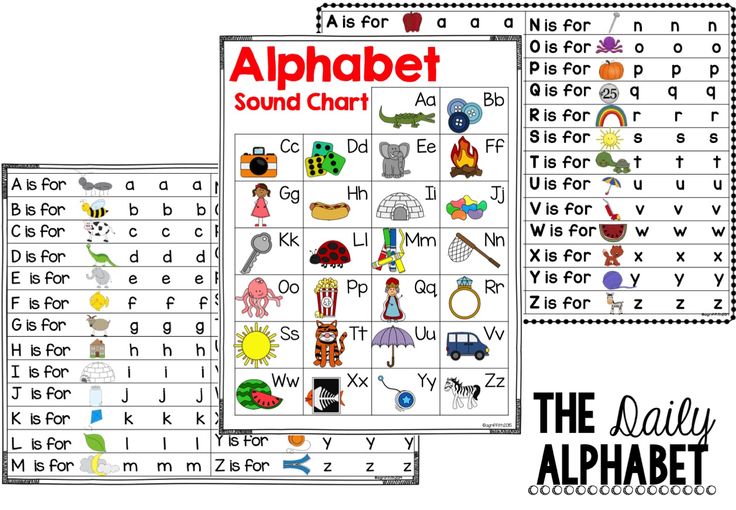 Stock up in advance with soft cubes with letters, bright cards, coloring books, beautiful colored primers.
Stock up in advance with soft cubes with letters, bright cards, coloring books, beautiful colored primers.
Do not learn letters in alphabetical order. It is better to start learning with vowel sounds. The letters that are most often found in speech are studied first, then you can move on to rarer ones.
How to learn vowels?
First, explain to your child that all words are made of sounds, just as houses are made of bricks. The more sounds in a word, the longer it is. After that, you can proceed to the study of sounds.
Start with "a" . You can show the baby pictures that show objects whose names begin with this letter. Draw with him the mouth that makes this sound, note how we open it wide. Let him try to name the words that begin with this letter. Do not overload the child: 1 lesson - 1 letter. nine0003
Try to consolidate the acquired knowledge. So you go to the kindergarten, you saw a pharmacy, let the kid try to find the letter that you studied.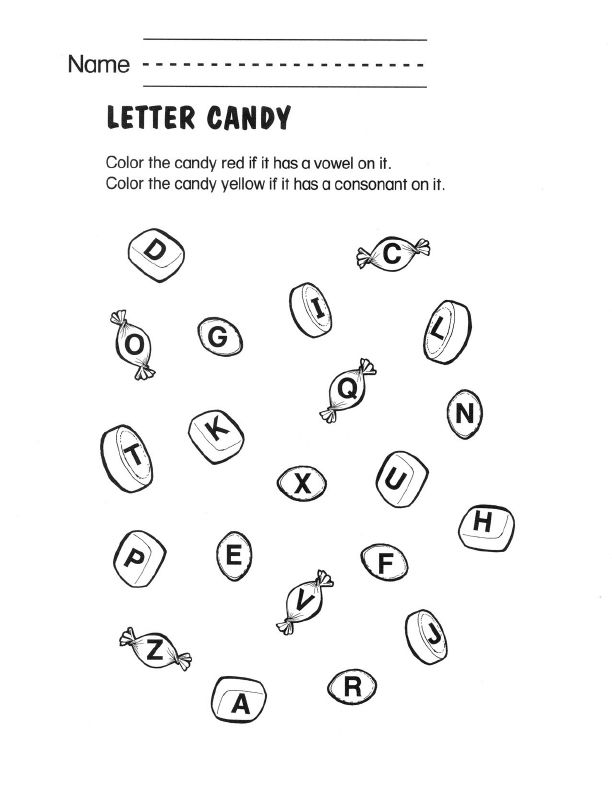 We bought a children's magazine, see if the title has the letter "a" . You can mold a letter from plasticine or dough, cut it out of paper. You can lay it out of sticks or sand.
We bought a children's magazine, see if the title has the letter "a" . You can mold a letter from plasticine or dough, cut it out of paper. You can lay it out of sticks or sand.
It will be much easier for you to captivate your baby if you always have blocks with letters, bright books, cards at hand. You can sing a song about a letter or listen to a cheerful verse. nine0003
So, study all the vowels one by one. At the end, you can explain that the sounds that you have already learned are called vowels. These are sounds that can be sung. Try to sing together "a-a-a" or "u-u-u" .
Remember that we have 6 vowels ( a , o , y , e , s , and ) and 10 vowels. The letters i , e , i , i consist of 2 sounds. It is better to postpone the study of the latter for later, because there is no sound "i" , i is a letter consisting of 2 sounds.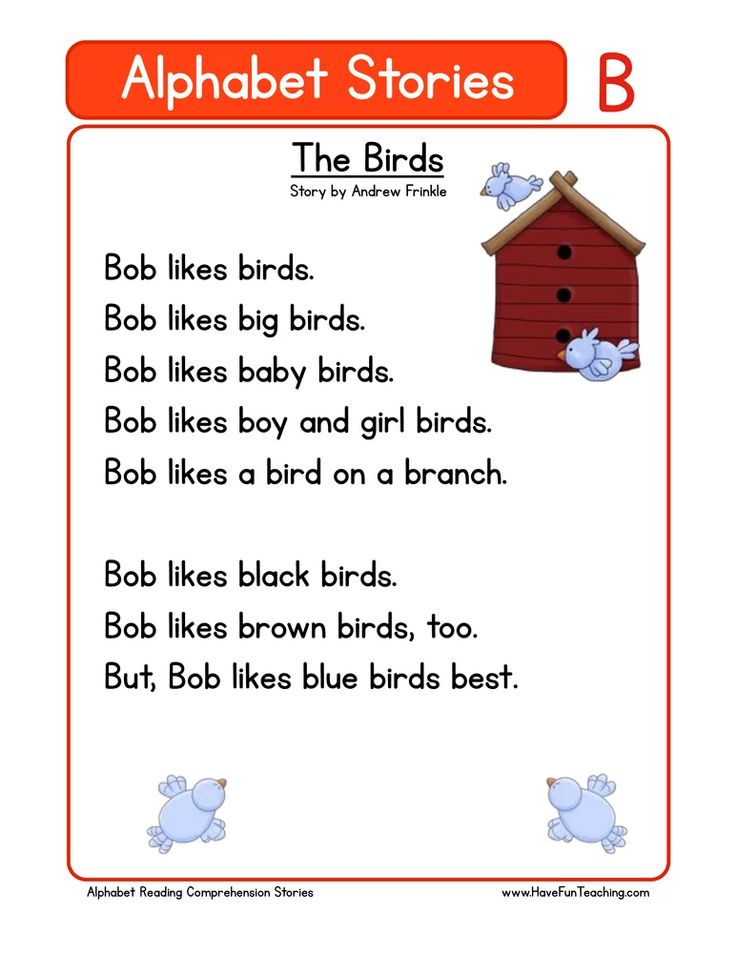 Do not confuse the child so that later educators and teachers do not have to retrain him.
Do not confuse the child so that later educators and teachers do not have to retrain him.
How to learn consonants?
After you have learned the basic vowels ( a , y , and , o ) you can move on to consonants. You need to start with the simplest consonants ( b , p , m , n , t , g ). And here again we remember that we are teaching the child sounds, not letters. We know what to say0193 em ”, “ en ”, “ be ”, but children do not need to know this yet. The child must learn that this is the sound " mm " or the sound " nn ". After the baby learns simple consonants, you can proceed to the study of hissing.
Just like with vowels, knowledge needs to be consolidated. Children may confuse letters. To prevent this from happening, play associations.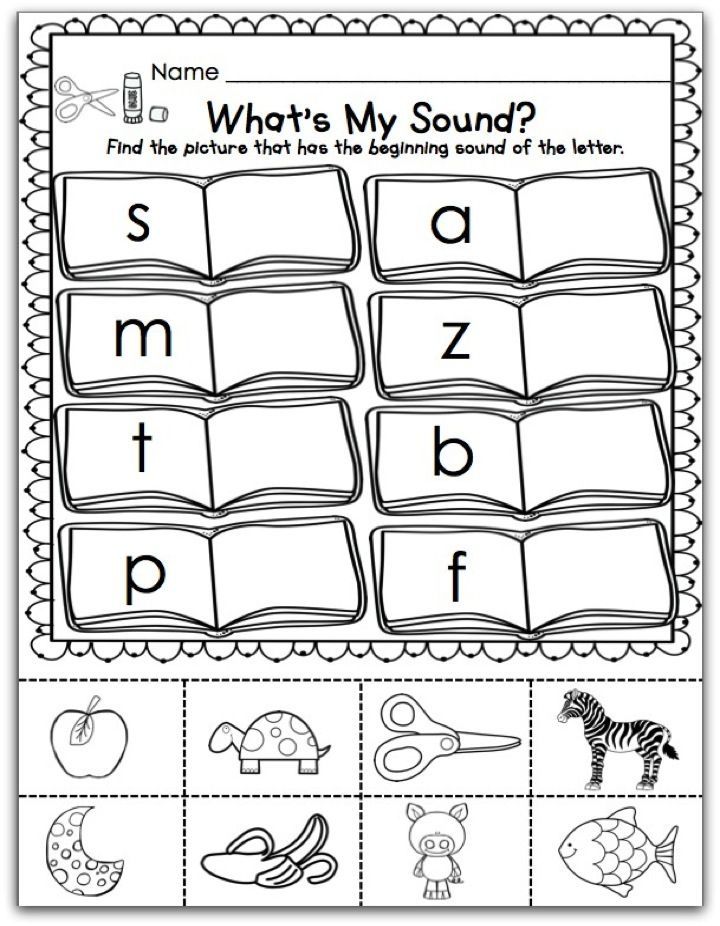 You can ask the children to think of what this letter looks like. Look for objects on the street that resemble this letter. For example, you walked past the horizontal bar, it is shaped like the letter " p ", or look at the doorway, also resembles " p " in shape. Fold it out of pencils, look for it in store signs.
You can ask the children to think of what this letter looks like. Look for objects on the street that resemble this letter. For example, you walked past the horizontal bar, it is shaped like the letter " p ", or look at the doorway, also resembles " p " in shape. Fold it out of pencils, look for it in store signs.
Methods for learning the alphabet
There are several popular methods for teaching children to read and memorize the letters of the alphabet. You can use them, especially since specialists worked on them. But, no matter what method you work with, it is important to remember that your classes should not resemble lessons at school.
Children at this age should play and get the information they need through games. Therefore, after a short training part, immediately proceed to an interesting, gaming one. Creative activities are also very useful, with the help of which you not only study letters, but also develop the child’s fine motor skills, improve his drawing and coloring skills, and strengthen the ability to use scissors. nine0003
nine0003
Games and games
There are many games to help you consolidate your knowledge. We will give a few examples.
1. Find the words with the right sound . You need to prepare cards that show different objects. The child must choose among them those in which there is a studied sound. First, you can simplify the task: ask him to find words that begin with this letter.
2. Catch the sound . To stretch a little, mother and child walk around the room. Mom calls different words. As soon as the child hears a word with the desired sound, he stops and claps his hands. nine0003
3. Think of the word . Ask your child to come up with as many words as possible with a certain sound. You can do this in turn, for example, first the mother calls the word, then the baby.
The task needs to be complicated, that is, the sound can be not only at the beginning of the word, ask him to come up with a word in which this sound will be at the end or in the middle.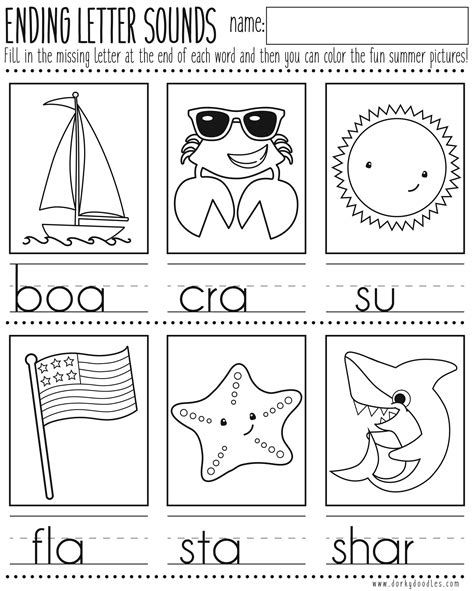 For example, you are learning the sound "a". First, you select words that begin with this letter - apricot, orange, then those that end in "a" - Moscow, jellyfish or contain the sound "a" in the middle - mosaic, eye. nine0003
For example, you are learning the sound "a". First, you select words that begin with this letter - apricot, orange, then those that end in "a" - Moscow, jellyfish or contain the sound "a" in the middle - mosaic, eye. nine0003
4. Determine where the sound is hidden. You need to draw a simple word scheme: three squares connected to each other. Each square denotes its own: the beginning of the word, the middle and the end. Put this word scheme in front of the child, give him a chip.
You name different words, and he must show on the diagram where the sound that you pass is located. For example, if you called the word "watermelon" (you can show a picture), the child must put the chip in 1 cell, and if the word "fox" - then in the 3rd cell. nine0003
5. Ball game . An adult throws a ball to the child and calls different words. If they have a letter being studied, he catches the ball, if not, then he does not catch it. To begin with, you can use words in which this letter is at the beginning, then complicate the task, that is, it can be in the middle or end.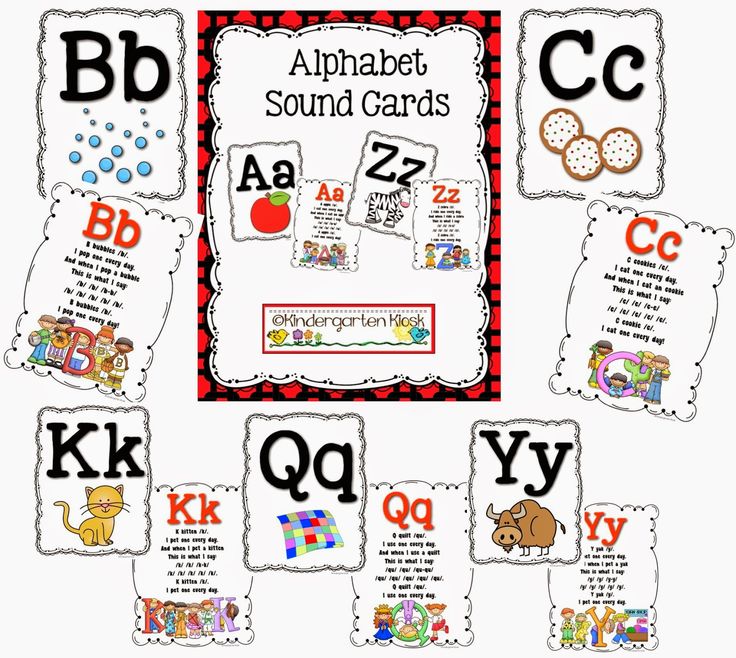
Author's methods of learning the alphabet
There are several recognized methods of teaching reading, each of which can be devoted to a separate article.
Zaitsev's cubes
The basis of Zaitsev's technique is a game, that is, children simply play with cubes (there are 52 cubes of different sizes in the set) and at the same time learn to read without making any effort. These games can be started from 6-12 months old, but up to 2 years old they are used like regular blocks, and children after 2 years old can start making words.
Zaitsev's main unit is a warehouse. It can consist of a consonant and a vowel, or a single letter. The basis of this method is the warehouse principle of reading. In addition to cubes, a large warehouse table is also used. nine0003
This technique has many advantages, the main of which is that any child can be taught to read. But there are also disadvantages, for example, over time, children will have to be retrained, because they remember that letters are indicated by one color, and the teacher enters his own colors, for example, red is a vowel.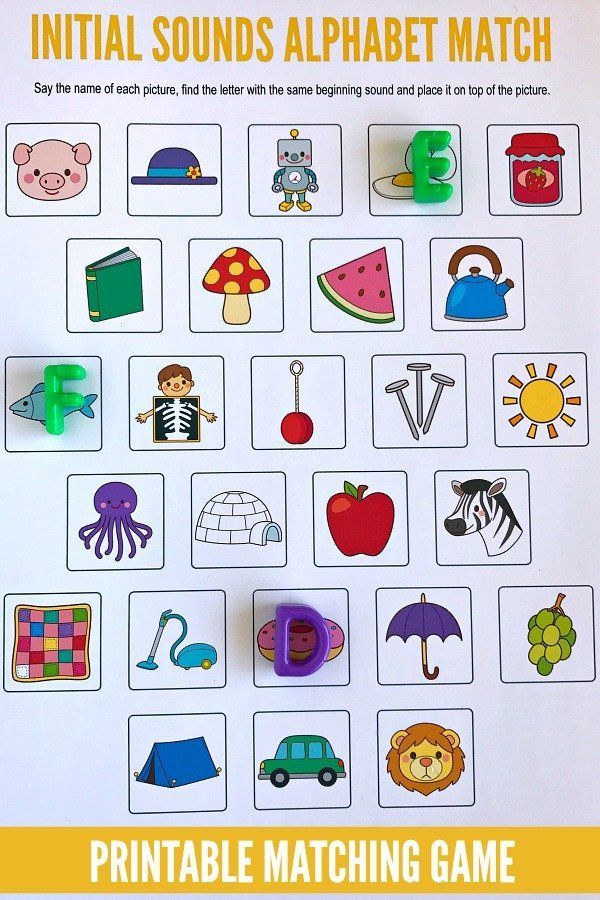 In addition, the child is used to the fact that words are divided into warehouses, and not into syllables. Yes, the benefits are very expensive.
In addition, the child is used to the fact that words are divided into warehouses, and not into syllables. Yes, the benefits are very expensive.
Doman's cards
The neurosurgeon Glen Doman developed his technique for children with CNS disorders, but then it was also used to teach healthy kids. He recommends teaching children to read not by letter, but by words, since letters mean nothing to him, and words have real designations. nine0003
For this, whole words are written on the cards in large print (at least 7-10 cm), for example, “mother” or “dad”, which must be quickly shown to the child, voicing each word. With the help of this method, even a small child can be taught to read. Training is necessarily carried out at an early age; after 5 years, the Glenn Doman method no longer works.
Olga Soboleva's Methodology
The principle of this training is based on the "two-hemispheric" work of the brain. The teacher tries to use the dominant type of memory, that is, the material is divided into 3 groups: for kinesthetics, visuals and auditory.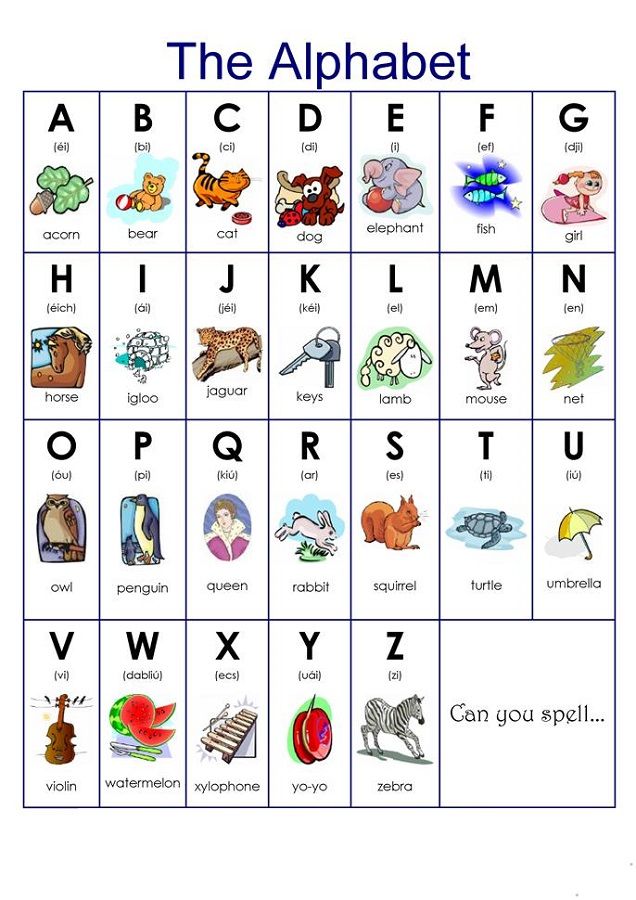 nine0003
nine0003
Many of its techniques are also used by ordinary teachers when teaching traditional methods to make it more interesting for children to study. Well suited for creative children and parents, it is not recommended for families where logic and structure come first.
Polyakov's method
Its author came up with 7 steps of learning to read, 70 lessons in total. Each lesson is detailed. They are held in the form of a game, take no more than 10 minutes. Stages 1 and 2 are the study of letters, warehouses, reading in warehouses. nine0003
Sergei Nikolaevich Polyakov himself, unfortunately, is no longer alive, but his work was continued by his son, as well as teachers who practice this method. If you wish, you can purchase books that describe in detail how to conduct classes, as well as video files with examples of classes.
Creative exercises
To reinforce the acquired knowledge, it is useful to conduct creative activities.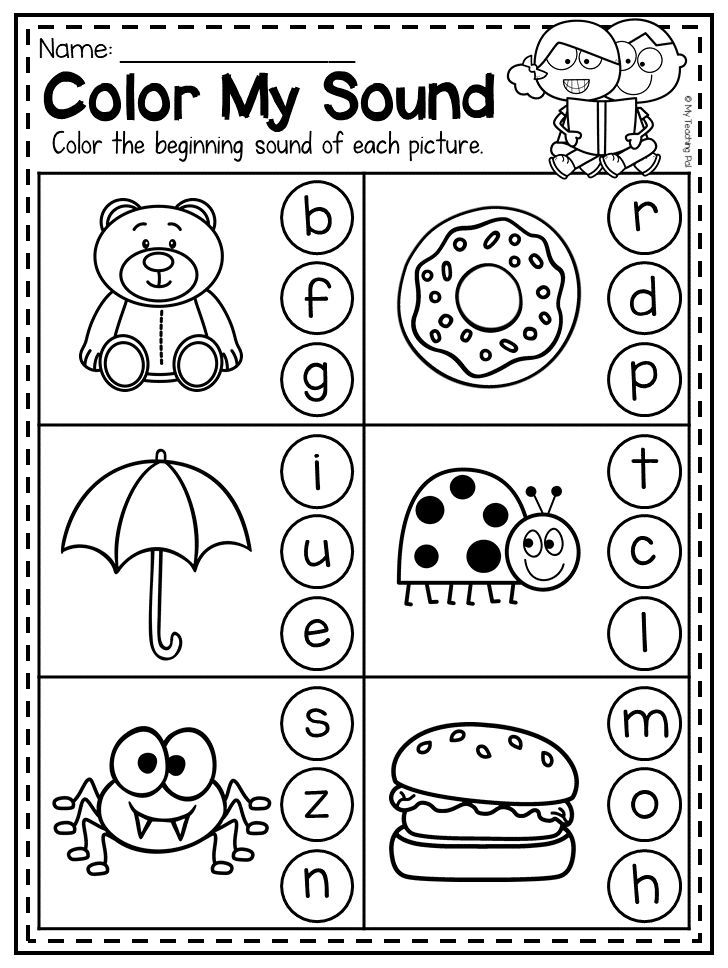 For example, you can make a beautiful alphabet together. We studied the letter - cut it out of cardboard. It is better to choose a dense material. If it is difficult for the baby, you can help him, and the child will decorate - attach beads, groats, sequins, beautiful fabric, etc. to it.
For example, you can make a beautiful alphabet together. We studied the letter - cut it out of cardboard. It is better to choose a dense material. If it is difficult for the baby, you can help him, and the child will decorate - attach beads, groats, sequins, beautiful fabric, etc. to it.
When you have collected the entire alphabet, you can decorate the children's room with it by connecting the letters into garlands, or hang it on the Christmas tree instead of toys. You can cut out paper blanks for letters, and the child must fold the whole letter from these parts.
Preschoolers love to draw and color. You can buy coloring books with letters, he will color them and remember what kind of letter it is. Or ask him to draw with felt-tip pens on paper, with chalk on a blackboard what you have already studied. But at this age, children should not be taught writing, this should be done by teachers in elementary school. The only thing you can teach your baby is to write in block letters.